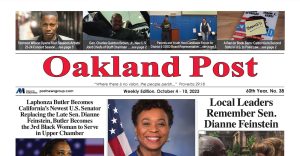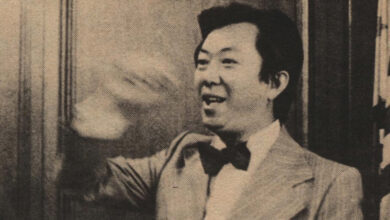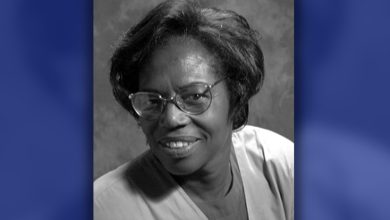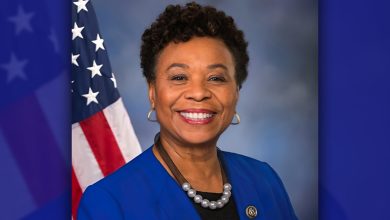Long Food Lines in Richmond as Residents Endure Rising Costs
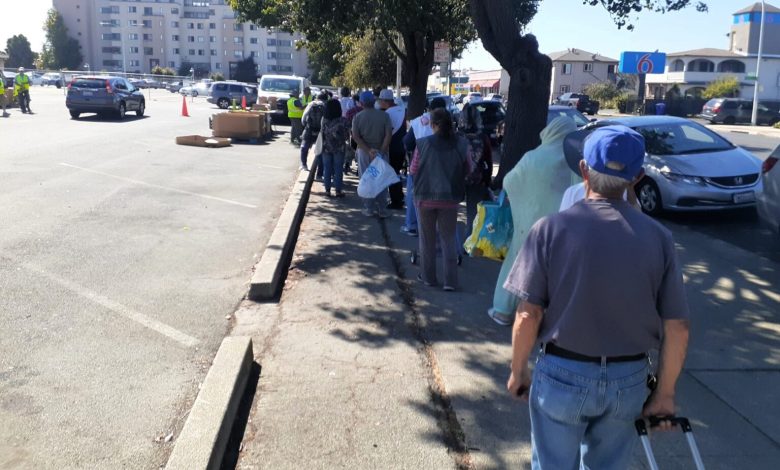
Rise East is a $100 million privately funded initiative that will rebuild Black neighborhoods in a 40 x 40 block area of East Oakland over 10 years. Project partners are Oakland Thrives, The 40 x 40 Council and Blue Meridian Partners.
By Tanya Dennis
The mission of the Black Panthers 10-point program, envisioned in 1966, germinated in 2000 at the first annual Malcolm Jazz Festival in San Antonio Park, hosted by Eastside Arts Alliance, a collective of multi-racial artists who, like Malcolm X, utilized the public platform to address racial inequities and organize a credible institution to create solutions.
Elena Serrano, an Eastside collective member who serves as its executive director says, “The Black Panthers captured hearts and minds through authentic guerrilla theater, inspiring people by how they presented themselves, dressing the same, on the same message making people believe they could create a society that benefited them.”
For nearly 30 years, Eastside Arts Alliance (EAA) has held down that Black Panther culture at 2277 International Blvd. and recently celebrated its 24th annual Malcolm X Festival.
“We created a Black arts movement in a neighborhood that is Black, Asian and Latinx, a movement where artists’ work and organizers come together to build power,” Serrano says. “We work with teenagers that want to be hip-hop stars, poets, and writers so they address power-building strategies in their music and words.”
The Black Cultural Zone, a strategic partner in the $10 million Rise East initiative credits their genesis to Eastside Arts Alliance. Rise East is a 10-year, privately funded initiative to help Black families thrive in a 40-square-block area of East Oakland.
“We connected to the Black Cultural Zone six or seven years ago when the Bus Rapid Transit (BRT) project was planned for International Boulevard, a project to improve rapid transit,” Serrano says. “BRT publicity was showing beautiful neighborhoods that didn’t even have Black folks in the picture. A concerned group, OSNI (Oakland Sustainable Neighborhood Initiative), pushed back saying they would love development, but development without displacement.”
EAA later joined that fight, urging that people need to have power over policy and jobs. “We put forth the neighborhood concept of cultural centers and space where neighborhoods come together to build power and decide how they can use their power with a cultural space where they can dream and plan, and that’s how the cultural zone got started.”
Carolyn Johnson, director of the Black Cultural Zone, was working for the Northern California Community Fund as a lender during the dot-com boom in San Francisco and Silicon Valley the late 1990s. Awash in venture capital, high-salaried workers were looking for places to live.
Able to afford more in a competitive market, dot-commers’ need for housing drove up rent prices and home prices in the East Bay. Johnson observed the impact of that boom with people coming over to Oakland to buy up property, setting off gentrification that would result in Black people displacement.
When BRT was approved in 2008, Johnson, aware of the history of infrastructure projects that gentrify and displace Black people, bought a building on a commercial corridor, acknowledging the need for a Black Cultural Zone in Oakland.
From 2010 thru 2014, Roots, another Rise East member, talked to the Black Cultural Zone about purchasing the Safeway building located at 5701 International Blvd. (East 14th Street at the time), with the intent to develop a large campus, ROOTS Community Health Center, as a part of the collaborative’s 40 blocks by 40 blocks project, a geographical area they wanted to focus on.
The building purchase did not pan out, but the beginning of a coalition that brought Allen Temple Baptist Church, the East Oakland Collective, Just Cities, East Oakland Building Healthy Communities into the mix to develop the 10-year program that started in 2013.
The California Endowment funded many of the organizations in the collaborative from 2014-16, driven by the need to help the collaborative secure real estate, address Black health and wellness, provide quality education, Black arts and culture, establish economic place-keeping, build a strong Black economy, and increase the quality of life for Black folks.
“Our initiative came to national attention while we were calling on local private funders to make strategic investments in the 40 by 40 project, an investment to restore the community that Blacks were redlined into for 40 years,” Johnson says. “Generally, the way that capital is being distributed, what we’re hearing is that it’s time for us to leave, and we’re saying no! We’re appreciative that Rise East will help catalyze our determination to stay deeply rooted in Oakland.”
